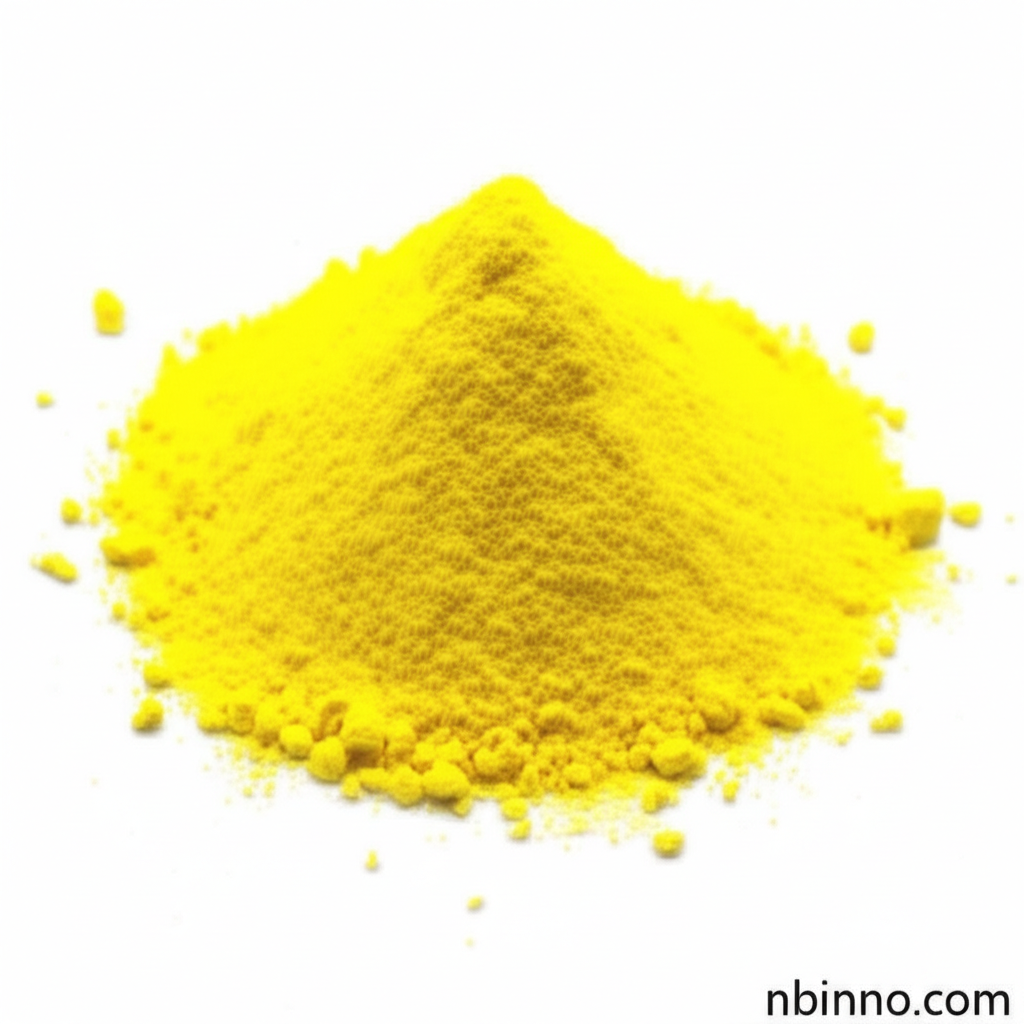Picric Acid (CAS 88-89-1): Properties, Applications, and Safety from a Leading Chinese Supplier
Discover the essential properties and diverse applications of Picric Acid, a key chemical compound with vital industrial uses.
Get a Quote & SampleProduct Core Value

Picric Acid
Picric Acid, identified by CAS number 88-89-1, is a pale yellow crystalline solid with a bitter taste. It exhibits good solubility in hot water, ethanol, and ether, making it versatile for various chemical processes. Its primary applications span the dye industry, where it's used in synthesizing red light sulfur black and acid dyes, and the pharmaceutical industry as a surgical astringent. Beyond these, it also finds use in photographic chemicals and as an intermediate for pesticides. Understanding the unique properties of picric acid dye industry applications and its role in the pharmaceutical industry is crucial for its effective use.
- Applications in Dyeing and Pharmaceuticals: Explore the specific uses of picric acid in creating vibrant dyes and its role as a surgical astringent in pharmaceutical applications.
- Chemical Properties and Solubility: Learn about picric acid's physical characteristics, including its crystalline form and solubility in various solvents, which are key for its processing.
- Safety Considerations for Handling Picric Acid: Emphasizes the critical importance of understanding and implementing proper picric acid safety precautions due to its potential for explosive decomposition when dry.
- Industrial Uses and Intermediates: Discover its utility as a photographic chemical and its role as an intermediate in the production of pesticides, highlighting its broad industrial impact.
Advantages Provided by the Product
Versatile Industrial Applications
Picric acid serves a dual role in both the dye and pharmaceutical sectors, showcasing its versatility. Its utility extends to photographic chemicals and as a crucial intermediate for pesticide production, making it a valuable compound in various industrial uses and intermediates.
Key Chemical Intermediate
As a critical component in the synthesis of various chemical products, understanding its role as a chemical reagent is paramount for manufacturers seeking reliable raw materials.
Critical Safety Awareness
The product demands rigorous adherence to safety protocols. Awareness of picric acid explosive hazards and proper picric acid handling is non-negotiable for safe storage and usage.
Key Applications
Dye Industry
Used in the synthesis of various dyes, contributing to the vibrant colors in textiles and other materials, a key aspect of the picric acid dye industry.
Pharmaceutical Industry
Functions as a surgical astringent, highlighting its importance in medical applications and the picric acid pharmaceutical uses.
Photographic Chemicals
Employed in photographic processes, demonstrating its diverse applications beyond core industrial uses.
Pesticide Intermediates
Serves as an intermediate in the production of pesticides, underscoring its role in agricultural chemical manufacturing.
